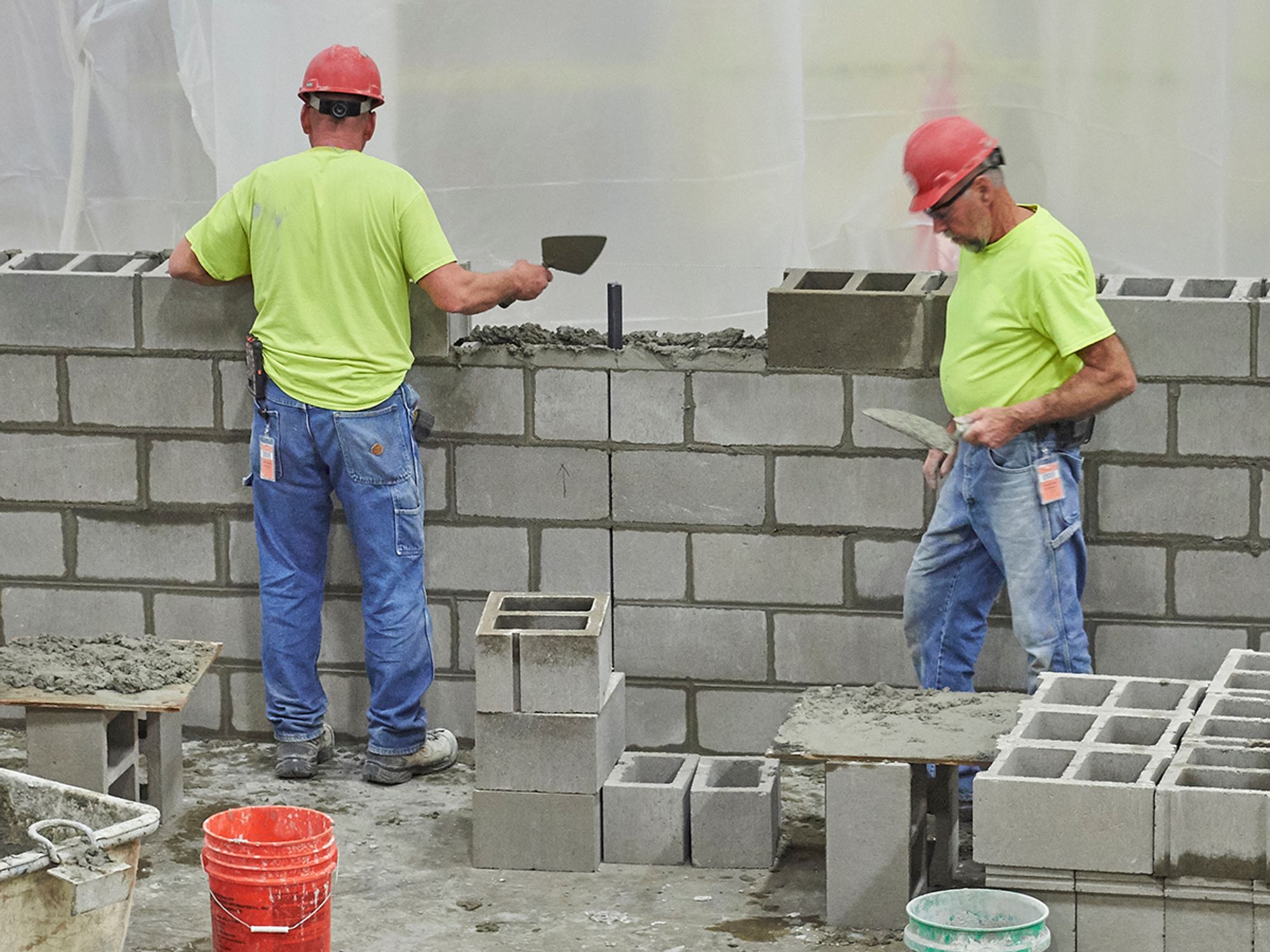Contractor responsibilities

The contractor shares an obligation with the employer to ensure workplace safety. Contractors must communicate planned work activities, associated tasks, and contracted versus host facility assignments. Contractors must also provide the tools, equipment, and training for contract employees.
In cases where there are prime contractors and subcontractors, OSHA requires each to make their own arrangements with respect to workplace obligations, which might be more appropriately treated on a jobsite basis, rather than individually. For example, the prime contractor and subcontractors may wish to make an express agreement that the prime contractor will provide all required first-aid or toilet facilities, thus relieving the subcontractor from the actual, but not any legal, responsibility.
Whether prime or sub, any contractor agreeing to perform any part of the contract, also assumes responsibility for complying with regulatory standards related to each part. So, the prime contractor assumes the entire responsibility under the contract and the subcontractor assumes responsibility with respect to their portion of the work. For subcontracted work, the prime contractor and any subcontractor(s) have joint responsibility according to OSHA. And where joint responsibility exists, both are considered subject to the enforcement provisions of the OSH Act.
